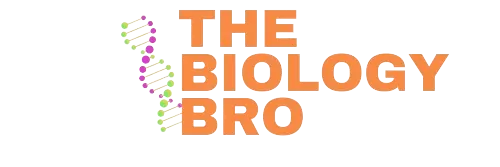Download CBSE Class 12 Biology 2022 Question Paper pdf (57-2-1, Set 1) with Solutions
CBSE Class 12 Biology Exam Pattern Sections Question Types No. of Questions Section A Multiple-choice questions 16Q (1mark) Section B Very Short Answer-type Questions 5Q (2mark) Section C Short Answer-type Questions 7Q (3mark) Section D Case-based Questions 2Q (4mark) Section E Long Answer-type Questions 3Q (5mark) Below is 2022 CBSE class 12 biology question paper with marking scheme and solutions for 57-2-1, set-1. Want to find out what other sets of question papers were like? Click on the button below to find more! Click here for other sets Marking Scheme/ Solutions for 2022 CBSE Class 12 Biology (57-2-1, Set-1) Question…
